-
About
- About Listly
- Community & Support
- Howto
- Chrome Extension
- Bookmarklet
- WordPress Plugin
- Listly Premium
- Privacy
- Terms
- DMCA Copyright
- © 2010-2024 Boomy Labs
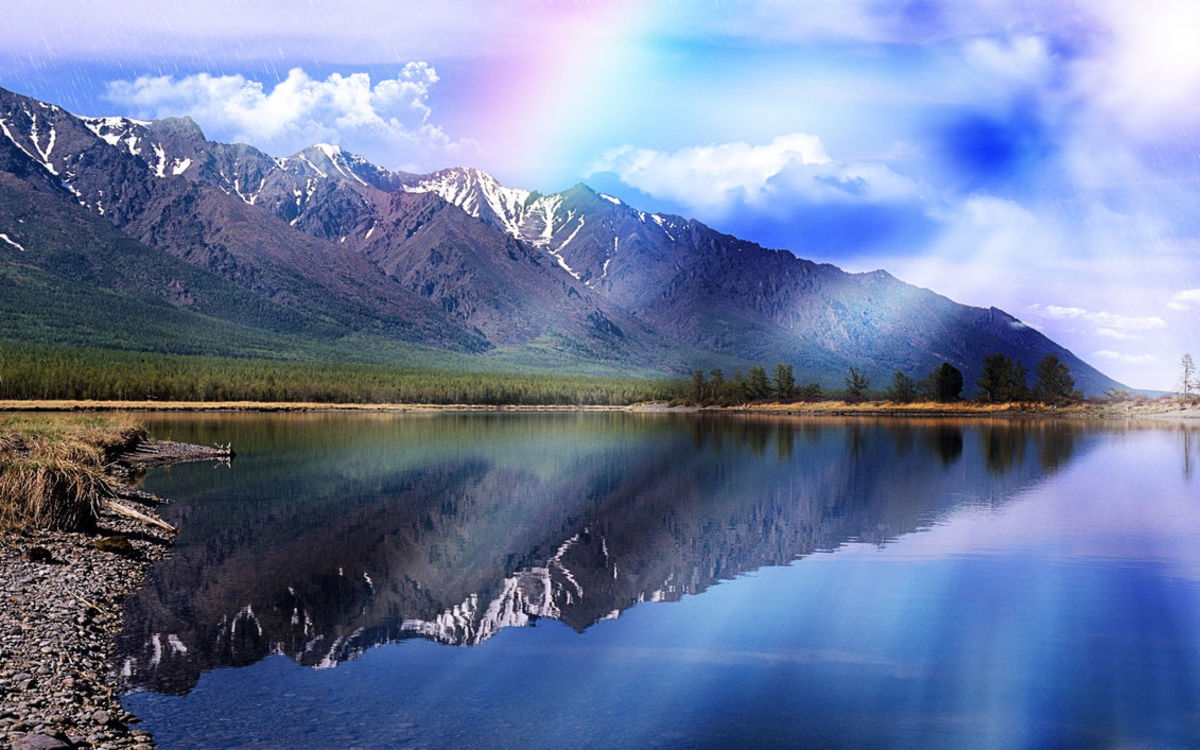

 Lydia Swisher
Lydia Swisher
Listly by Lydia Swisher
These are my resources, some of which will be included in my Thinglink project.
7th Grade Science
Weather & Climate
Standards:
7.5.2.E.a Explain and trace the possible paths of water through the hydrosphere, geosphere, and atmosphere (i.e., the water cycle: evaporation, condensation, precipitation, surface run-off/ groundwater flow)
7.5.2.E.b. Relate the different forms water can take (i.e., snow, rain, sleet, fog, clouds, dew, humidity) as it moves through the water cycle to atmospheric conditions (i.e., temperature, pressure, wind direction and speed, humidity) at a given geographic location
7.5.2.F.f Describe the significant changes in temperature and barometric pressure may cause dramatic weather phenomena (i.e., severe thunderstorms, tornadoes, hurricanes)
7.5.2.F.g Differentiate between weather and climate.
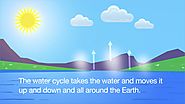
Description: This video is a repetitive, catchy song that addresses the key aspects of the water cycle (movement of water "up and down and all around the Earth").
Rationale: I chose this resource because it emphasizes the primary portions of the water cycle: evaporation, condensation, and precipitation (including rain, snow, sleet, and hail). Listening to this song will certainly help students remember these details! Additionally, the pictures are appealing and helpful for visualizing the concepts. It has important information I expect students to know, but this resource makes it accessible through a fun song.
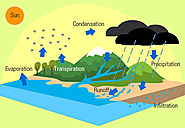
Description: This image shows the most basic elements of the water cycle in a clear way.
Rationale: I chose this picture primarily because of its simplicity. Many photos I found were far too complex for 7th graders, because they included many more terms than are expected to be known at this age level. However, this picture shows only what 7th grade standards cover (except for one term - infiltration - which wouldn't be harmful to briefly cover as well). The paths of water are illustrated in a clear, visually appealing way.
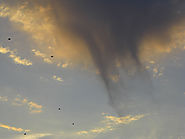
Description: This website gives a clear overview of the primary kinds of precipitation.
Rationale: I chose this site because it eloquently describes the different kinds of precipitation. Though the vocabulary may be slightly too challenging for 7th graders, I think it's a good challenge. I like that this website relates weather to agriculture so students have an understanding of why weather matters. Additionally, the site has plenty of links to other helpful texts within the site for a more thorough understanding.

Description: This is a multi-part lab allows students to model the formation of clouds and rain.
Rationale: I love this lab. It's relatively easy and doesn't require specific chemicals or equipment (other than an Erlenmeyer flask, which can be purchased cheaply), so students could conduct the experiment at home with adult supervision. The primary danger is heating water, so a parent or older sibling could assist the student to make sure they don't burn themselves. Alternatively, the lab could be conducted in class with students in groups, or it could be done as a demonstration in class. I think me performing it as a demonstration is probably the best method, but however students experience the lab, it's an excellent way for them to visualize fundamental aspects of the water cycle.
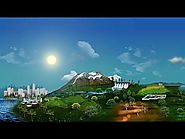
Description: This video uses many images and animation to illustrate a more comprehensive view of the water cycle.
Rationale: I chose this video because it better explains the water cycle as a whole. It clearly illustrates various steps and defines vocabulary in a visually appealing way, and it describes the impact and importance of the water cycle using real world examples. It's a news piece featuring comments from scientists and is published by the National Science Foundation, so it's definitely a reliable resource.
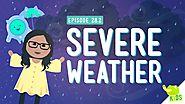
Description: This video defines "weather" and "severe weather" and gives examples to make the distinction between the two.
Rationale: This video is very appealing. I love Crash Course videos because they have exciting graphics, fun sound clips, and personable speakers. This video goes more in depth with weather to describe how the conditions we would have previously explored can turn dangerous. This resource would help students understand the impact of the properties we've learned about so far.
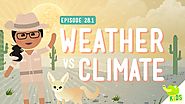
Description: This video goes in depth to define "weather" and "climate" and differentiate between the two
Rationale: Again, I love Crash Course videos! They have great speakers that explain the material at grade level, fun graphics and sound clips, and reliable information. This video differentiates between weather and climate, including giving examples of precipitation and severe weather. It helps establish a basic understanding of weather and give real world examples to understand the impacts of weather.
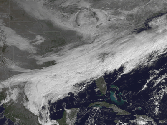
Description: This site by the National Oceanic and Atmospheric Administration describes some atmospheric conditions that affect weather.
Rationale: I chose this site because I knew I needed to cover aspects of the atmosphere that affect weather conditions. This site is a reputable source and includes information on different types of winds and air masses. Though this is not a comprehensive list of atmospheric, it's a good start to get 7th graders thinking about how atmospheric conditions alter weather in various ways.

Description: This video describes the three primary factors that meteorologists consider to predict future weather conditions: air pressure, temperature, and density.
Rationale: This video explains the content clearly at a middle school level and uses images to illustrate the concepts. It will help students understand factors that help determine weather and consider the relationship between air pressure, temperature, density, and weather. It also places the content in the real world context by using examples and explaining that these are important considerations of those whose career is weather prediction.
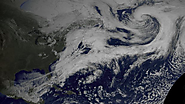
Description: These stunning photos of our Earth and its weather are taken by the National Oceanic and Atmospheric Administration (NOAA).
Rationale: Many of the resources I've listed use cartoons and drawings to illustrate the water cycle, weather, etc., so I wanted to include actual photos of our planet. These photos give students the opportunity to realize the beauty of our planet and appreciate the complexity of the atmospheric conditions, weather, climate, and water cycle we've explored.

Description: This is an interdisciplinary lesson on clouds and the representation of them in paintings in the past several centuries.
Rationale: I chose this resource because I love art and science and I think it's important to have interdisciplinary lessons from time to time to help students understand the relationship between content areas. This lesson considers the aesthetic appeal of clouds, allows students to observe famous paintings featuring landscapes, and encourages them to try their hand at painting clouds. The lesson also contains an extension: a link to a lab to create clouds in a jug, jar, and bottle. I think this resource is great for helping students understand that science isn't just a field of understanding the world through objective experimentation and observation, but it affects our emotions, too.
